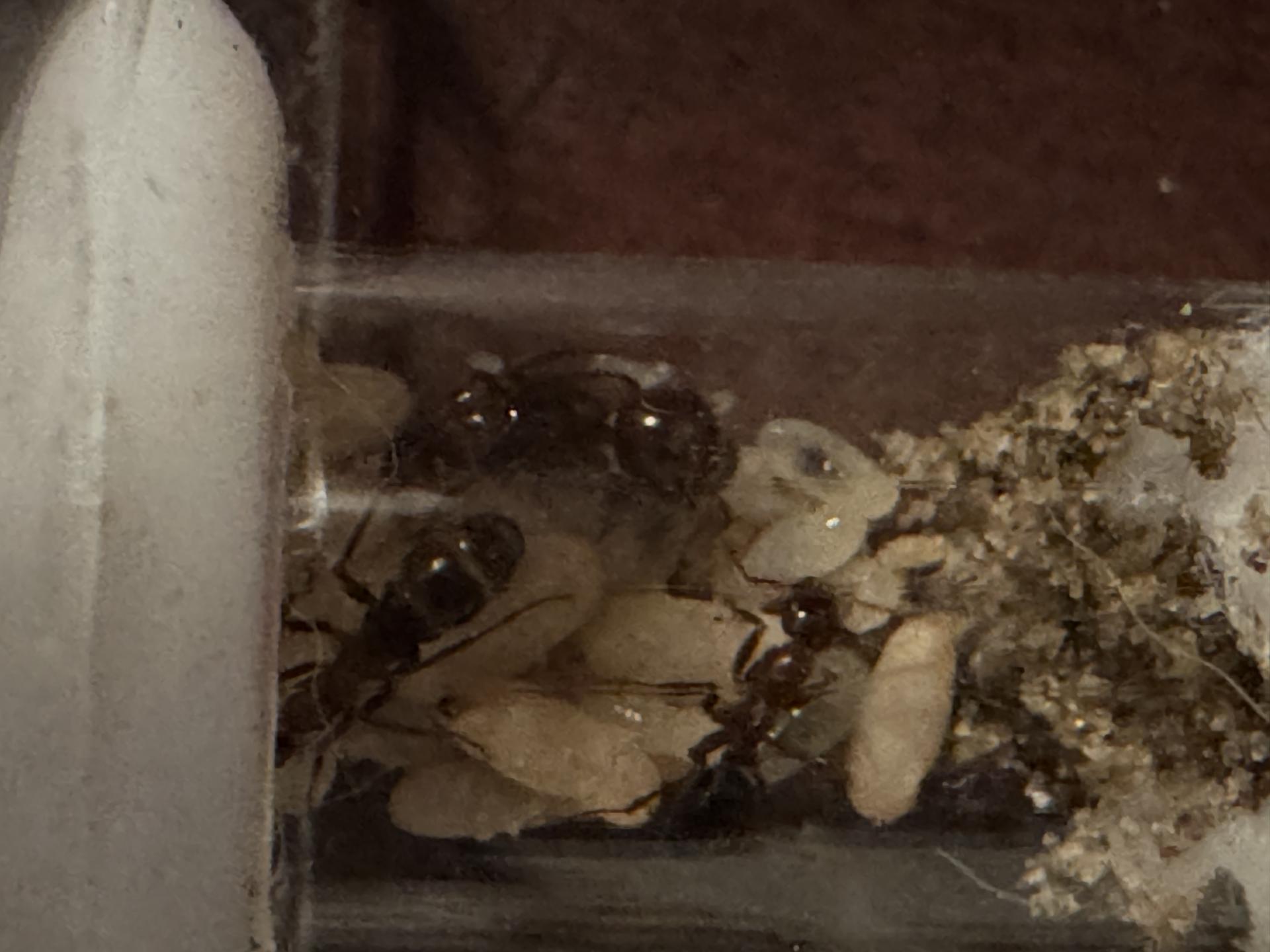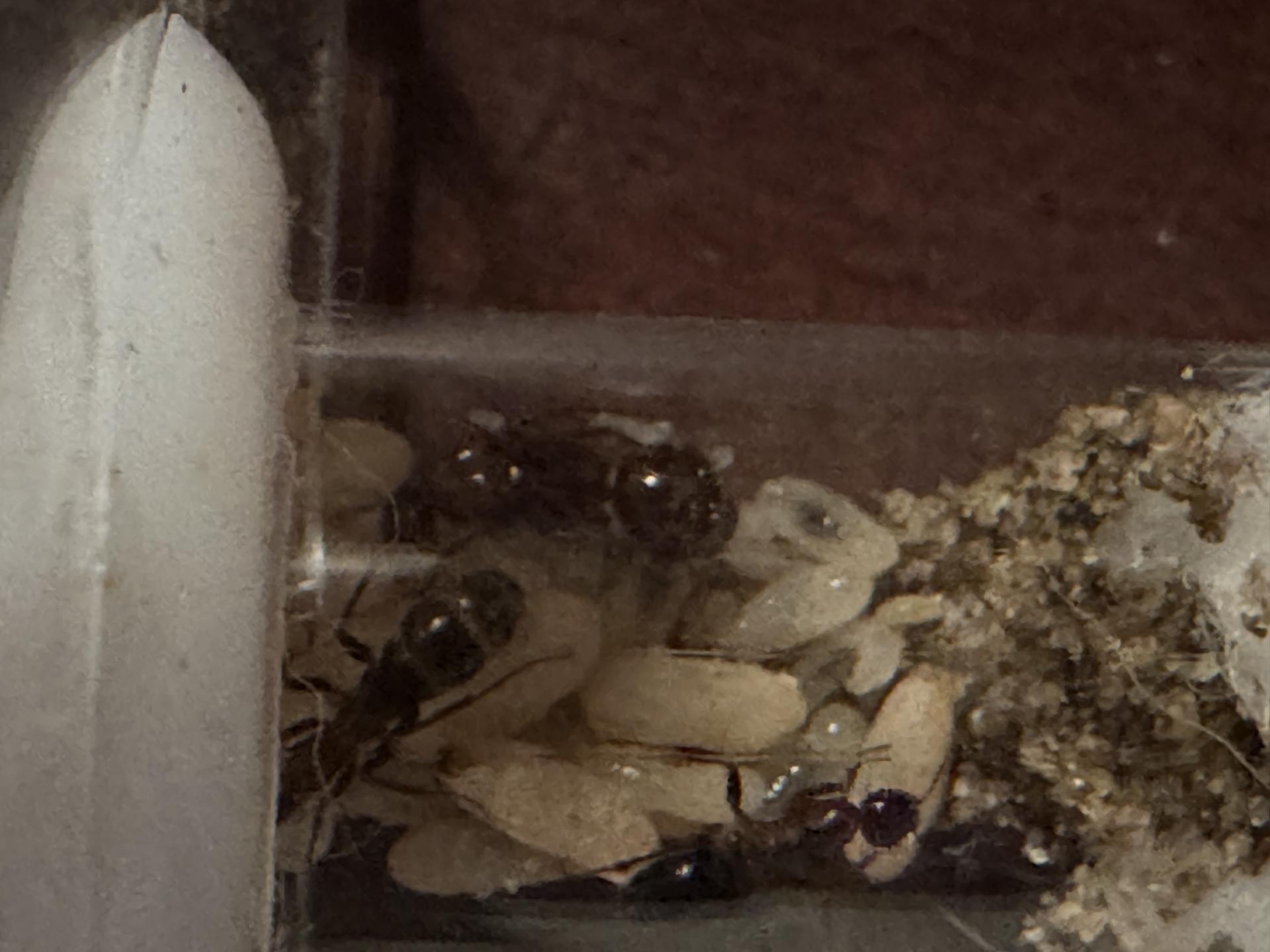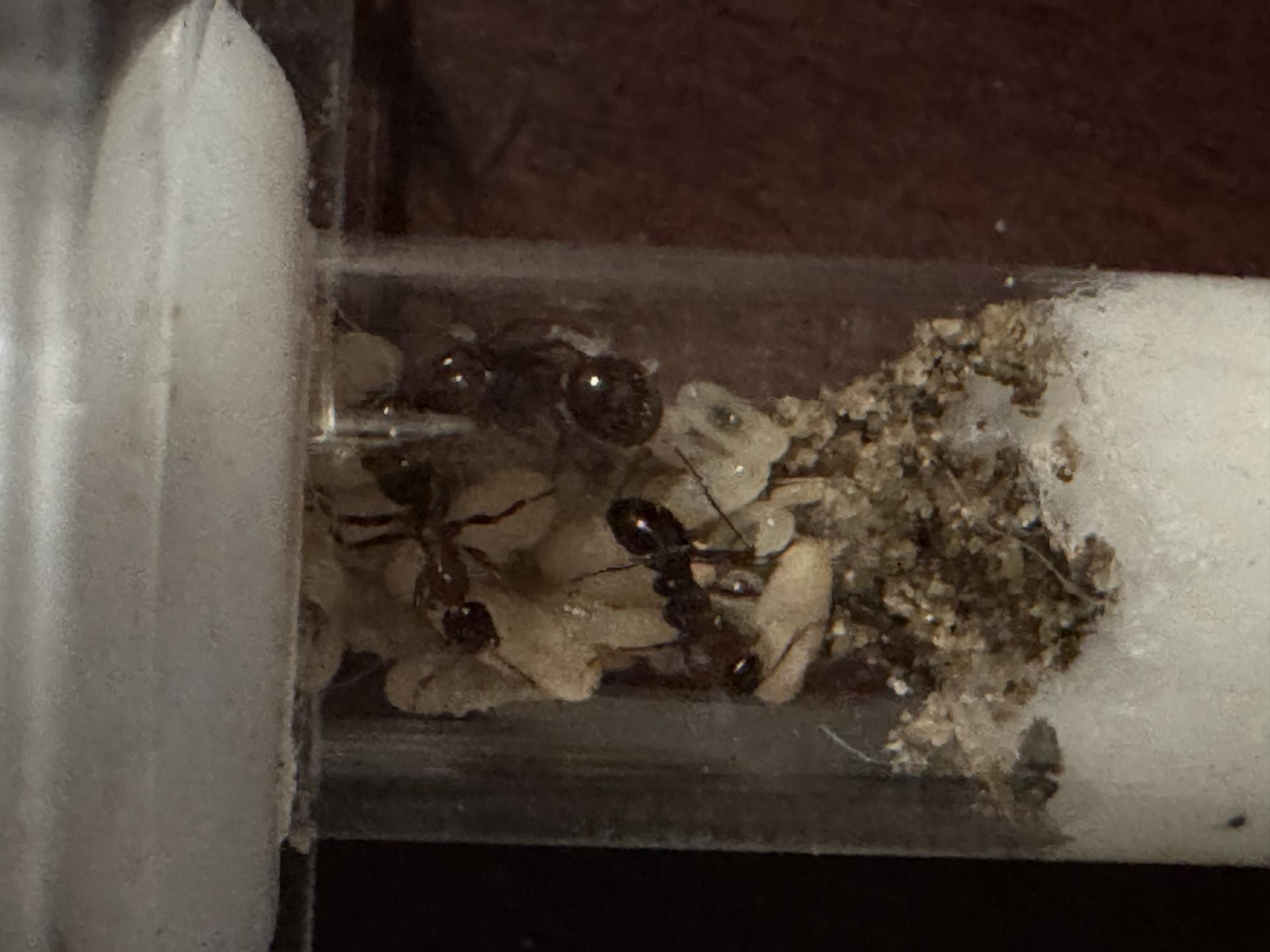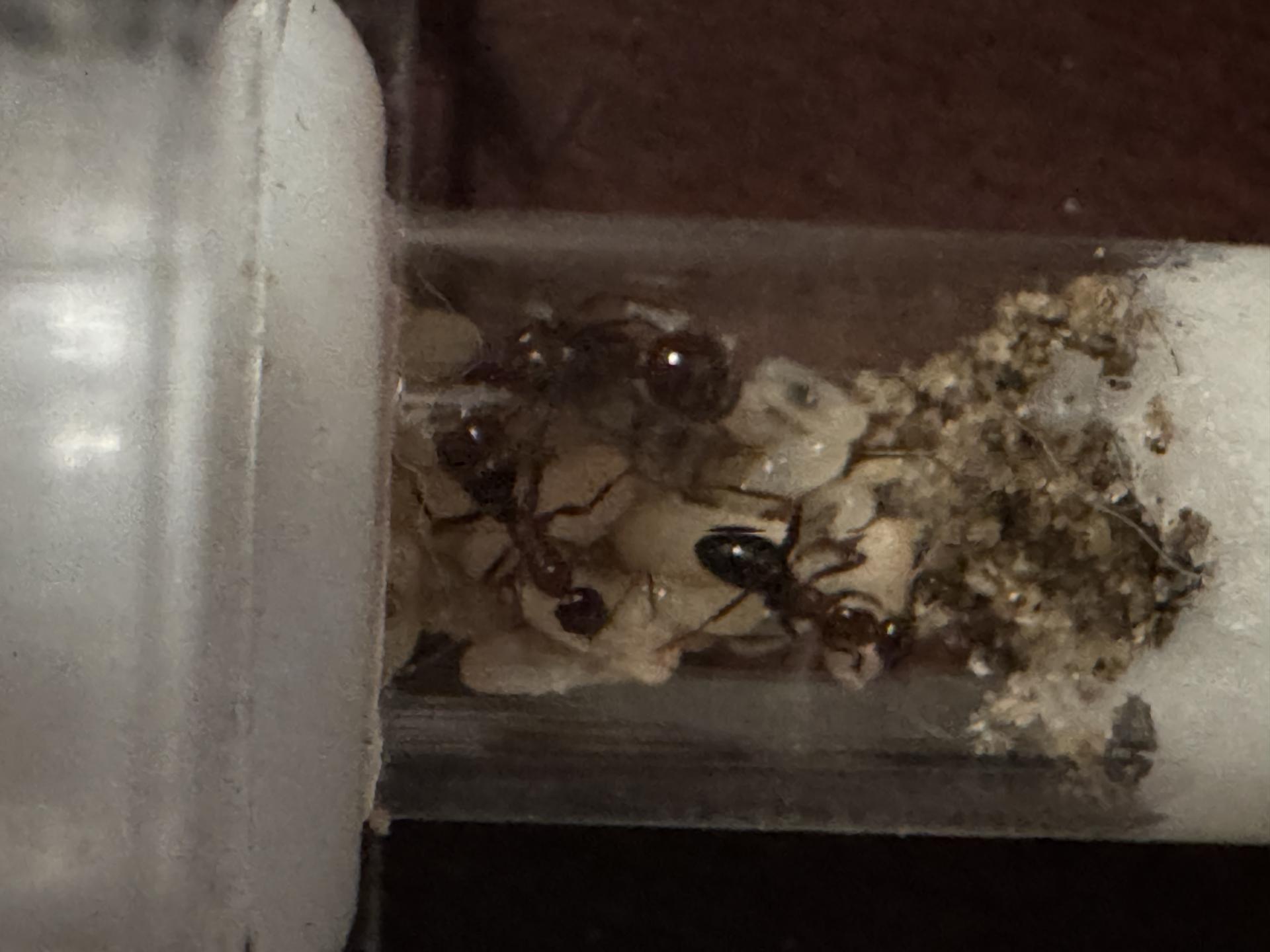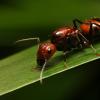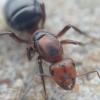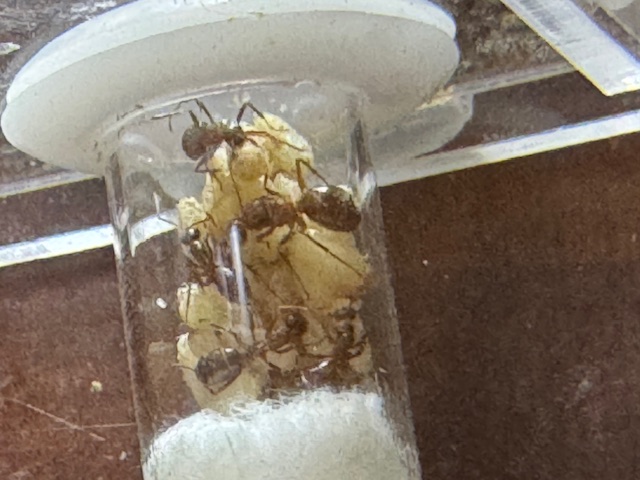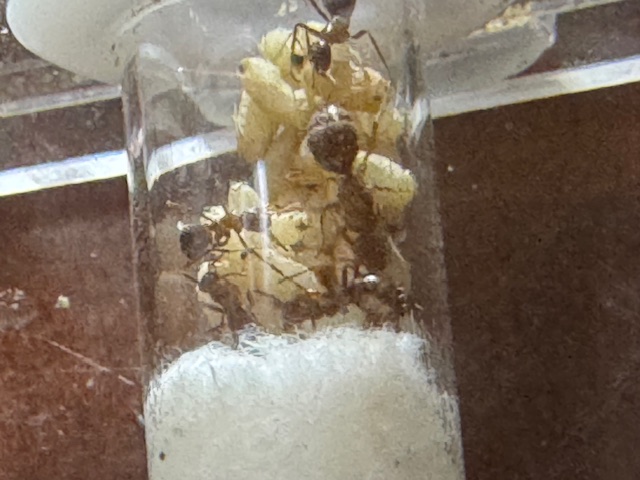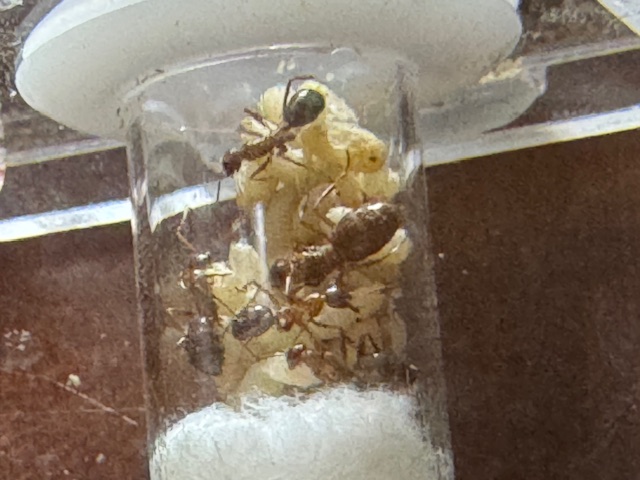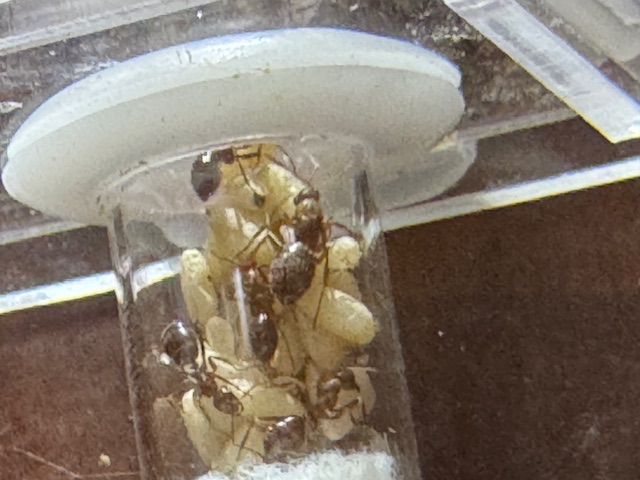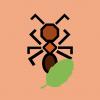F. incerta although not fully sure. I believe this because I keep F. palledifulva and oh man do these guys not only look darker (doesn’t really matter anyways because any Formica within the palledifulva group usually have darker variants up north and lighter variants down south). It because of their size which is a whole lot bigger than palledifulva I can tell you that. Also where do you live? In another ID thread you said that you found a queen in Baltimore, MD so Maryland? Interesting because you would be having a lighter c colored variant of Formica infects especially or maybe that’s just the shadow. Either way based on size; I think that this might F. incerta unless F. palledifulva are polymorphic making them generally bigger in appearance; which I somehow missed when reading articles about them. Of course it’s of impossible for them to be F. palledifulva but the size concerns me and leads me to the F. inverts side (correct me If I’m wrong on anything).
Keeping:
3x - S. molesta (colonies and single queen) 1x - C. nearcticus (founding but no eggs)  New!
New!
1x - C. chromaiodes (colony) 1x - C. subbarbatus (founding)
1x - F. subsericea (founding) 1x - T. sessile (mega colony)
3x - P. imparis (colonies)
2x - L. neoniger (founding)
Check out my C. nearcticus journal here: https://www.formicul...cticus-journal/
Check out my C. chromaiodes journal here: https://www.formicul...aiodes-journal/




